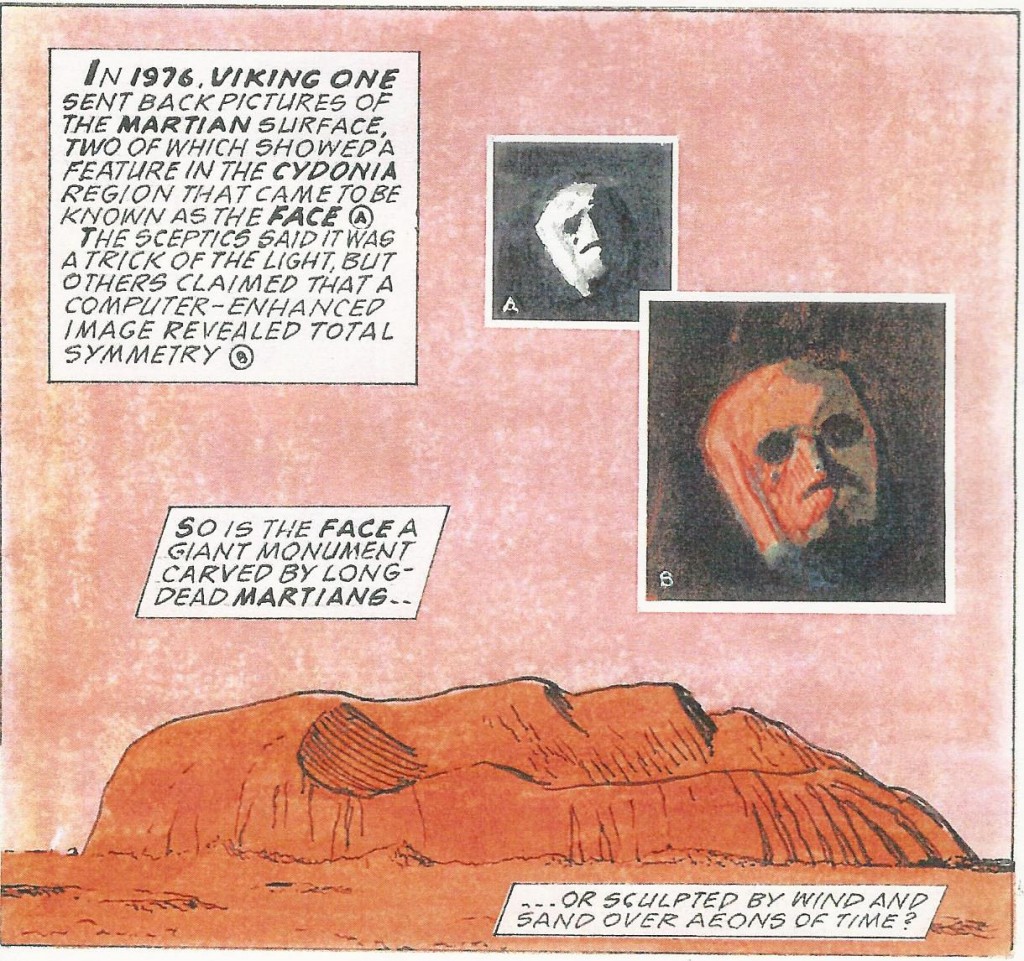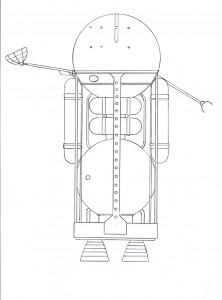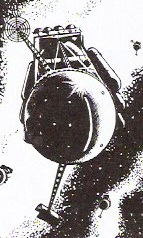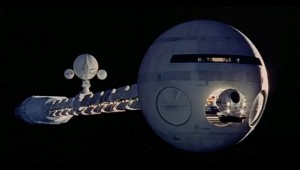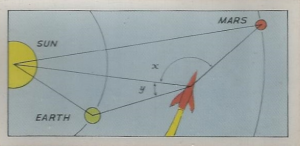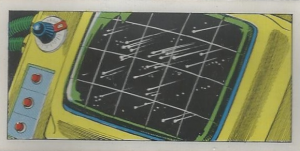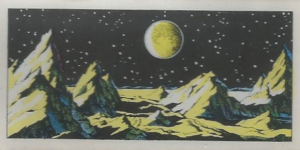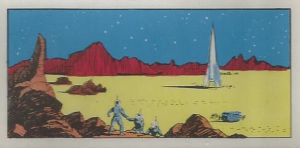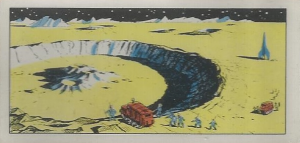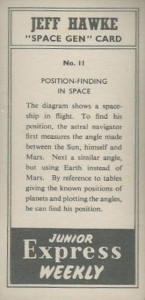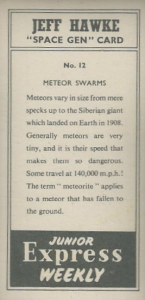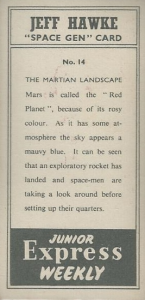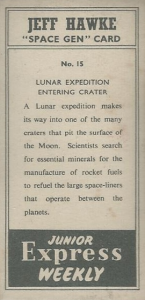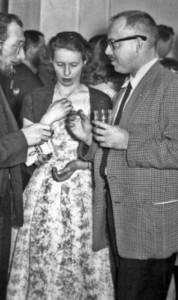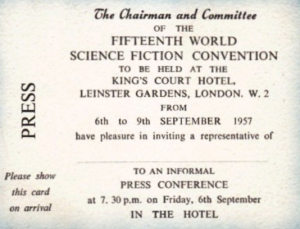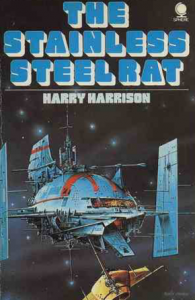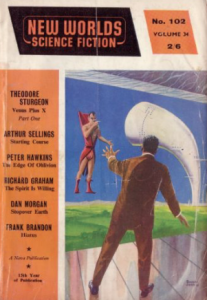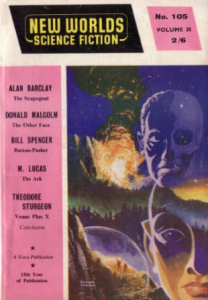![]() Back in 1976 the Viking 1 and Viking 2 orbiters were photographing and mapping the surface of Mars. On the 25th July Viking 1 was surveying the area of Cydonia a region in the northern hemisphere which forms the borderlands of the great plain of Acidalia Planitia, where it marches with the cratered and volcanic region of Arabia Terra to its south and east.. Cydonia is a relatively flat area though some plateaus or “Mesas” are scattered about it. Of the eighteen photographs that this first survey beamed back to Earth , just one contained an image that appeared to show a huge humanoid face carved into the Martian rock. This first photograph was of poor quality but a second image was acquired 35 orbits later under different light conditions and seemed to confirm the strange sculpted face . Although dismissed by Gerry Soffen, the chief scientist of the Viking mission as a “trick of light and shadow” the photographs were published in 1977, and for one brief moment of magic, before reality and common sense took hold, we could allow ourselves to conjure up ancient Martian civilisations and ruined cities . For an instant we could populate the red planet with Bradbury’s yellow eyed and graceful Martians , before subsequent photographs showing the Mesa to be nothing but a natural rock, swept these images away like the gold in fairy tales which turns to autumn leaves when the “glamour” is gone. Sydney wrote and drew a piece for the Daily Express on the Martian face in 1977, when speculation about whether it was artifact or nature, was still rife. Skipper Prossit
Back in 1976 the Viking 1 and Viking 2 orbiters were photographing and mapping the surface of Mars. On the 25th July Viking 1 was surveying the area of Cydonia a region in the northern hemisphere which forms the borderlands of the great plain of Acidalia Planitia, where it marches with the cratered and volcanic region of Arabia Terra to its south and east.. Cydonia is a relatively flat area though some plateaus or “Mesas” are scattered about it. Of the eighteen photographs that this first survey beamed back to Earth , just one contained an image that appeared to show a huge humanoid face carved into the Martian rock. This first photograph was of poor quality but a second image was acquired 35 orbits later under different light conditions and seemed to confirm the strange sculpted face . Although dismissed by Gerry Soffen, the chief scientist of the Viking mission as a “trick of light and shadow” the photographs were published in 1977, and for one brief moment of magic, before reality and common sense took hold, we could allow ourselves to conjure up ancient Martian civilisations and ruined cities . For an instant we could populate the red planet with Bradbury’s yellow eyed and graceful Martians , before subsequent photographs showing the Mesa to be nothing but a natural rock, swept these images away like the gold in fairy tales which turns to autumn leaves when the “glamour” is gone. Sydney wrote and drew a piece for the Daily Express on the Martian face in 1977, when speculation about whether it was artifact or nature, was still rife. Skipper Prossit
